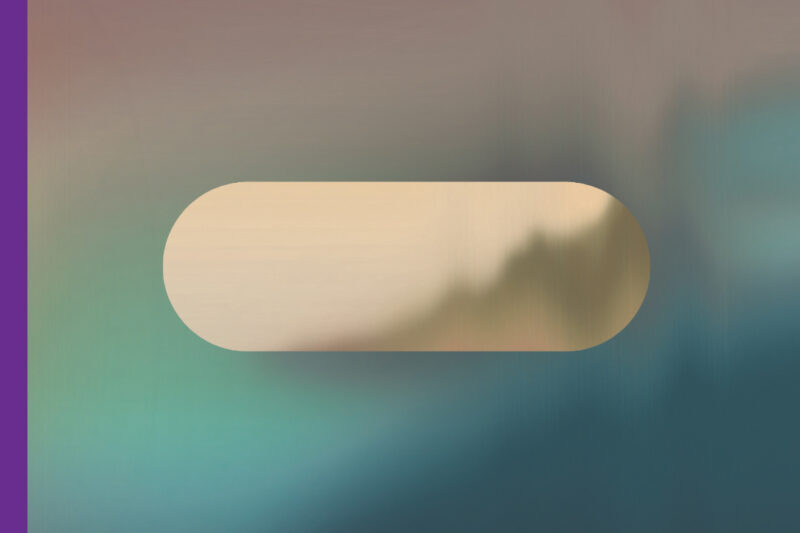USEREVIEW 105 (Capsule): the half-drowned
Trynne Delaney
the half-drowned (Metatron Press, 2022)
ISBN | 978-1-98835-525-2 | 144 pp | $18.00 CAD | BUY Here
#CAROUSELreviews
#USEREVIEWEDNESDAY
I became acquainted with Trynne Delaney’s writing through their compelling, experimental ‘dark patterns: matrilineal family curse,’ described as a “poem nested in a genetic pedigree,” that appeared in the “2S+QTBIPOC” issue of CV2. Prior to book publication, a preponderance of Delaney’s publicly available work appears to have been poetry, including their self-published debut chapbook, death of the author (2019), and this poetic background is on full display in their linguistically attentive debut novella the half-drowned. As a speculative tale of a small oceanside community of Black survivors of a post-apocalyptic event that affected the Earth’s water supply and drove most privileged inhabitants to other planets, the book does by necessity contain skeletal elements of plot and world-building. Ultimately though the half-drowned seems to be far more interested in excavating the fragments of consciousness of a small cast of characters. Divided into brief, delicately written vignettes stylistically reminiscent of Jean Toomer’s classic collection Cane, the novella maintains a third person, over-the-shoulder point of view, but it habitually flits from the shoulder of one character to another, and the identity of the character being followed in a given section is often not explicitly demarcated. This engenders in the reader a visceral sense of the profoundly communal experience that these conscientiously interdependent characters share, and that the novella is shaped around.
On the whole, the half-drowned is a devotedly poetic prose debut that testifies eloquently to both the present talent and future potential of Delaney as an emerging writer — which is likely what the Quebec Writer’s Federation also thought when they awarded Delaney’s novella the 2022 “First Book Prize.”
Recommended excerpt:
‘Creation Myths’ (pp. 67–68) revels in abstract resonance and lyrical crypticism to acquaint the reader with an alien ‘it’ that both breathes like an animal and is factory-built like a machine.



